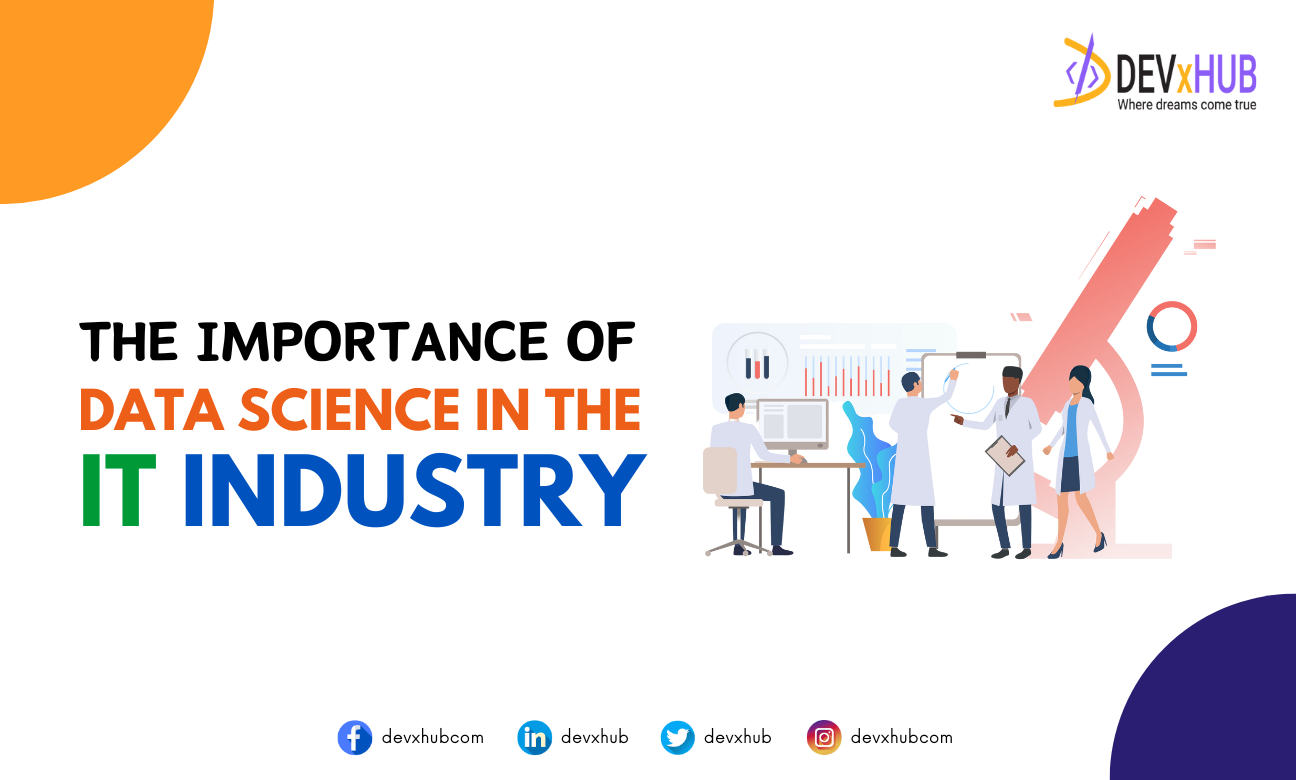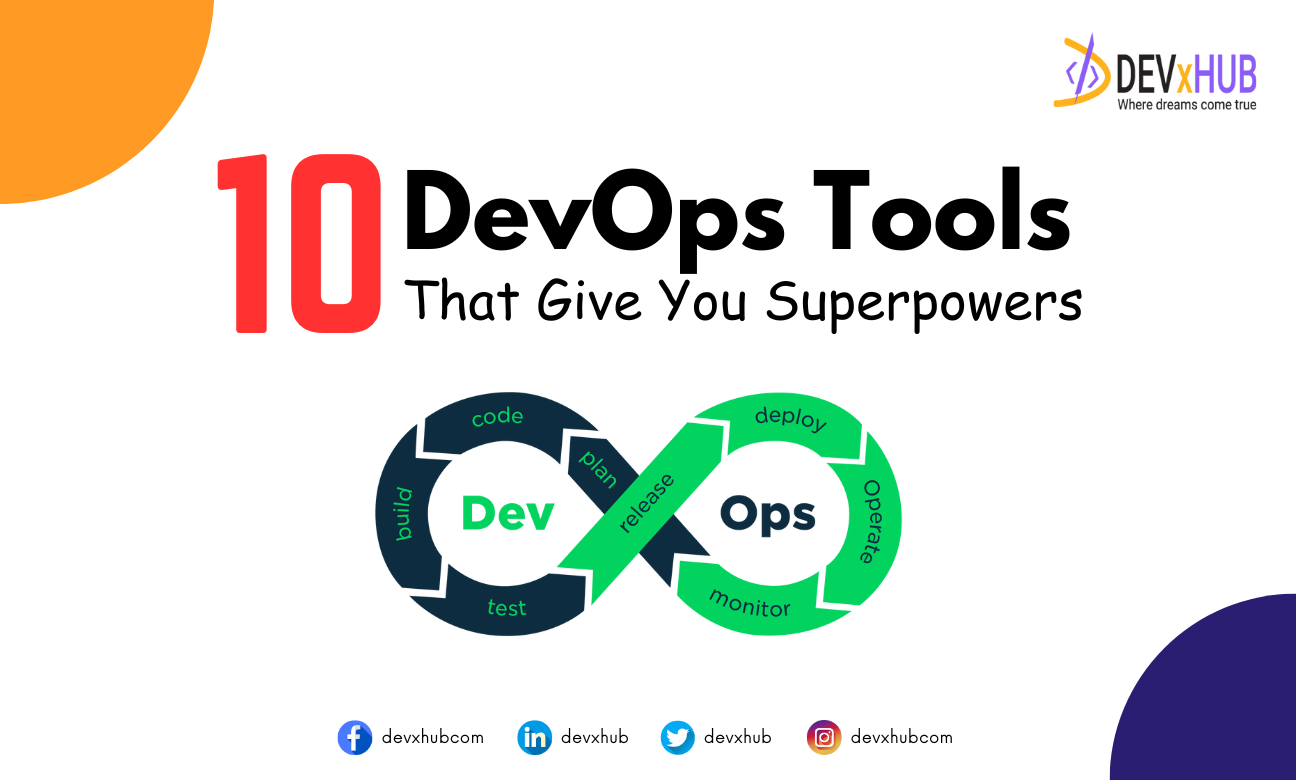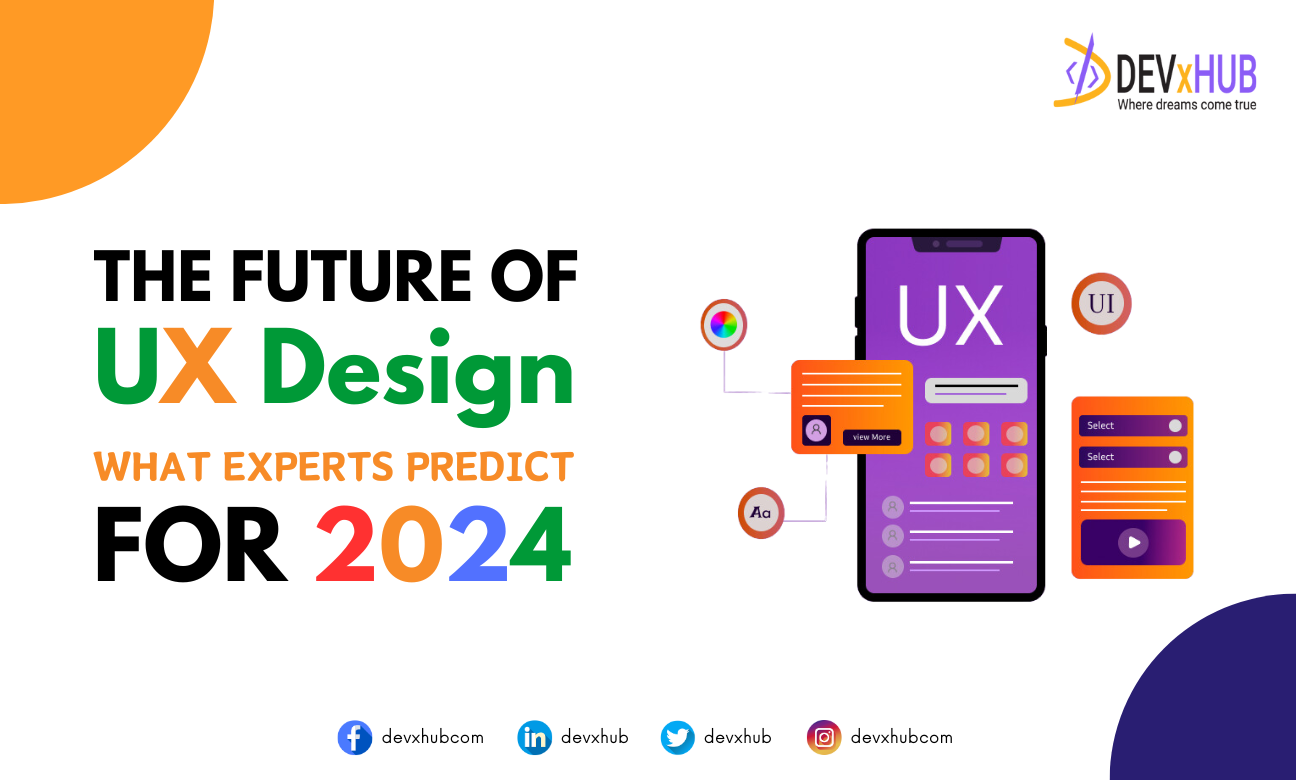Blog - Technology of Today and Tomorrow

In an era marked by rapid technological advancement, understanding the landscape of current innovations while anticipating the future becomes essential. This exploration delves deeper into the technologies defining our present and those poised to shape our future, offering insights into how they’re intertwining to create a new digital epoch.
Artificial Intelligence (AI) and Machine Learning (ML)
AI and ML stand as the pillars of modern technological advancements, driving progress in automation, data analysis, and decision-making. These technologies empower computers to learn from data, identify patterns, and make decisions with minimal human intervention. Their applications are widespread, from healthcare, where they enable more accurate diagnoses and personalized medicine, to finance, where they automate trading and manage risks. In the realm of autonomous vehicles, AI and ML algorithms process data from sensors in real-time, making split-second decisions that ensure safety and efficiency on the roads.
Quantum Computing
Quantum computing represents a significant leap forward in computational capabilities, utilizing the principles of quantum mechanics to process information in ways that classical computers cannot. This technology promises to revolutionize fields such as cryptography, where it could break current encryption methods, and materials science, where it could model complex molecular structures, speeding up the discovery of new drugs and materials. The potential of quantum computing to solve complex problems and simulations far exceeds the capacity of today’s most powerful supercomputers.
Blockchain Technology
Blockchain technology offers a secure, decentralized platform for transactions and data storage, beyond its well-known application in cryptocurrency. Its implications for creating transparent, tamper-proof systems are vast, impacting sectors like finance, supply chain management, and digital identity verification. Smart contracts, enabled by blockchain, automate agreements without the need for intermediaries, streamlining processes and reducing fraud. In supply chain management, blockchain enhances transparency and traceability, ensuring the integrity of product information from production to delivery.
Internet of Things (IoT)
The IoT connects physical devices — from home appliances to industrial equipment — to the internet, enabling data collection, monitoring, and control on an unprecedented scale. This connectivity facilitates the development of smart homes, cities, and industries, where automated systems can improve efficiency, reduce costs, and enhance quality of life. For instance, IoT devices can monitor energy usage in real time, leading to more sustainable consumption, or track health data, contributing to more proactive healthcare management.
5G Connectivity and Beyond
The advent of 5G technology marks a significant advancement in internet and communication networks, offering faster speeds, lower latency, and higher reliability than its predecessors. This is crucial for supporting the data demands of IoT devices, autonomous vehicles, and immersive technologies like AR and VR, enabling real-time data transmission and processing. As we look beyond 5G, the future of connectivity promises even more radical changes in how we interact with technology and each other.
Biotechnology and Genetic Engineering
Biotechnology and genetic engineering are ushering in a new era of medicine, agriculture, and environmental conservation. Through the manipulation of living organisms or their genetic material, scientists are creating innovative solutions to some of the world’s most pressing challenges. Personalized medicine, tailored to the individual’s genetic makeup, is becoming a reality, offering more effective treatments with fewer side effects. CRISPR technology, a tool for editing genes, has the potential to cure genetic diseases, improve crop resilience, and even address climate change by enhancing carbon capture in plants.
Renewable Energy Technologies
As the effects of climate change become increasingly apparent, the shift towards renewable energy sources is critical. Innovations in solar, wind, hydro, and geothermal energy are making these sources more efficient, affordable, and accessible. These technologies play a key role in reducing greenhouse gas emissions, mitigating climate change, and decreasing our dependence on fossil fuels. Moreover, advancements in energy storage, such as more efficient batteries, are essential for ensuring the reliability of renewable energy, enabling a sustainable energy future.
Advanced Robotics and Automation
Robotics and automation technologies are transforming a myriad of sectors, from manufacturing and logistics to healthcare and home assistance. Modern robots are increasingly autonomous, flexible, and capable of learning from their environment, making them invaluable for tasks ranging from precision assembly in manufacturing to personal care assistance. As these technologies continue to evolve, they promise to further enhance productivity, safety, and convenience in both the workplace and daily life.
Augmented Reality (AR) and Virtual Reality (VR)
AR and VR are reshaping the realms of entertainment, education, and training by providing immersive, interactive experiences that blur the lines between the physical and digital worlds. These technologies allow users to explore virtual environments, learn new skills in more engaging ways, and even simulate complex procedures for training purposes, such as in surgery or aircraft piloting. As AR and VR become more sophisticated and accessible, they will continue to offer new avenues for creativity, learning, and interaction.
Cybersecurity Advances
In an increasingly digital and connected world, cybersecurity is paramount. As technology advances, so too do the sophistication and frequency of
Tomorrow’s Technological Horizons
Extended Reality (XR):
XR, encompassing Virtual Reality (VR), Augmented Reality (AR), and Mixed Reality (MR), is revolutionizing the way humans engage with digital environments, significantly broadening the horizon of our digital interactions. This technology is not only transforming the landscape of remote education, offering immersive learning experiences, and introducing novel forms of entertainment but also pushing the boundaries of our perceived reality. Beyond entertainment, XR holds profound implications for mental health care. It facilitates therapeutic environments and innovative treatments, underlining its potential to contribute significantly to health and well-being. By creating immersive, controlled environments, XR offers a promising avenue for therapy and rehabilitation, showcasing its versatility beyond mere entertainment.
Biotechnology and Genomics:
At the forefront of modern medicine, biotechnology and genomics are heralding a new era of personalized medicine, where treatments and preventative strategies are precisely tailored to an individual’s genetic blueprint. The advent of CRISPR-Cas9 gene-editing technology stands as a beacon of hope for correcting hereditary genetic disorders, signifying a major leap forward in our ability to treat previously untreatable conditions. Furthermore, advancements in synthetic biology are poised to revolutionize our approach to environmental sustainability, with the potential development of bio-based alternatives such as sustainable biofuels and bioplastics. These innovations offer viable solutions to pressing environmental challenges, highlighting the critical role of biotechnology in shaping a sustainable future.
Neuromorphic Computing:
Neuromorphic computing, inspired by the intricate neural architectures of the human brain, promises to deliver a new generation of highly efficient, cognitive computers. This cutting-edge technology aims to create computers capable of real-time learning and adaptation, mirroring the cognitive functions of the human brain. It holds the potential to drive energy-efficient artificial intelligence systems and foster more natural methods of human-computer interaction. As we stand on the cusp of this technological revolution, neuromorphic computing represents a significant advancement towards the realization of truly intelligent machines, with far-reaching implications for AI, robotics, and beyond, heralding a future where technology seamlessly integrates with human cognitive processes.
The Evolution of AI and Machine Learning in Healthcare
Artificial Intelligence (AI) and Machine Learning (ML) are at the forefront of revolutionizing healthcare, making it more predictive, personalized, and efficient. These technologies enhance diagnostic accuracy, optimize treatment plans, and improve patient outcomes by analyzing vast amounts of data to identify patterns and predictions that are beyond human capacity. AI algorithms assist in early disease detection, such as cancers and cardiovascular diseases, by analyzing imaging data with precision. ML models personalize treatment by considering an individual’s genetic makeup, lifestyle, and environmental factors, enabling tailored therapy strategies. Furthermore, AI systems improve patient care management through automated reminders, monitoring, and telehealth services, making healthcare more accessible and reducing the burden on healthcare systems.
Sustainable Energy Solutions and Green Technology
The urgent need to address climate change has accelerated innovation in renewable energy sources, battery storage technology, and sustainable materials. Solar and wind energy technologies are becoming more efficient and cost-effective, contributing to a significant shift from fossil fuels to renewable sources. Advancements in battery storage technology are crucial for stabilizing energy grids and facilitating the integration of renewable energy, making it possible to store surplus energy for times of high demand or low production. Sustainable materials, including biodegradable plastics and environmentally friendly construction materials, are reducing the environmental impact of industries. These innovations collectively contribute to combating climate change and promoting environmental sustainability.
The Rise of Smart Cities and Urban Technologies
Smart cities integrate IoT devices, smart infrastructure, and data analytics to enhance livability, efficiency, and resource management. These technologies enable real-time monitoring and management of traffic, energy use, water supply, and waste disposal, significantly improving urban planning and services. Smart buildings use sensors and automation to optimize energy consumption and reduce carbon footprints. Additionally, the deployment of smart grids facilitates more efficient energy distribution and consumption. The integration of these technologies in urban planning aims to create more sustainable, resilient, and livable cities for the growing urban population.
Advances in Biotechnology and Gene Editing
Biotechnology and gene editing, particularly through CRISPR technology, are pushing the boundaries of medicine, agriculture, and environmental conservation. In medicine, gene editing offers the potential for curing genetic disorders and diseases by correcting mutations at their source. In agriculture, it enables the development of crops that are more nutritious, resilient to climate change, and require fewer resources, thus contributing to food security. Gene editing also holds promise for biodiversity conservation through the restoration of endangered species and the control of invasive species. However, these technologies raise ethical and safety concerns that must be carefully navigated.
The Future of Work and Digital Workplaces
Technological advancements such as AI, automation, and remote collaboration tools are reshaping the nature of work, workplace environments, and the global labor market. Automation and AI are taking over repetitive tasks, freeing humans to focus on more complex and creative aspects of work. This shift necessitates a reevaluation of skills and training programs to prepare the workforce for the jobs of the future. Remote collaboration tools have made it possible to work from anywhere, leading to a reimagining of work culture and the traditional office setting. These changes are contributing to a more flexible, efficient, and inclusive global labor market.
Space Exploration and Commercial Space Travel
The last decade has seen remarkable milestones in space exploration and the advent of commercial space travel. Private companies are now significant players in launching satellites, manned missions, and even planning commercial space flights. This era of commercial space travel not only democratizes access to space but also stimulates technological innovation in spacecraft design, life support systems, and sustainable space habitats. The exploration of Mars and the moon continues to advance, with missions focused on understanding these celestial bodies’ potential for future human habitation.
Augmented Reality (AR) and Virtual Reality (VR) in Education and Training
AR and VR technologies are revolutionizing education and training by providing immersive learning experiences that enhance engagement, comprehension, and retention. These technologies enable learners to explore complex concepts in a virtual environment, making education more interactive and accessible. In professional training, AR and VR facilitate realistic simulations for hands-on experience without the risks associated with real-life training, particularly in fields such as medicine, aviation, and the military.
Blockchain Beyond Cryptocurrencies
Blockchain technology, known for its role in cryptocurrencies, has potential applications far beyond digital currencies. Its decentralized and secure nature makes it suitable for supply chain management, offering transparency and traceability from production to delivery. In digital identity verification, blockchain provides a secure and efficient way to manage and authenticate digital identities, reducing fraud and identity theft. Furthermore, blockchain enables
Ethical, Social, and Environmental Considerations
As we venture further into this digital age, the ethical, social, and environmental implications of these technologies come into sharper focus. The dual-use nature of AI and quantum computing, for example, presents significant security challenges, while the environmental impact of data centers and electronic waste calls for more sustainable computing solutions. Furthermore, the digital divide threatens to leave parts of the global population behind, underscoring the need for equitable access to technology.
The Road Ahead
The intersection of today’s innovations with tomorrow’s possibilities paints a picture of a future replete with opportunity and challenge. As we navigate this evolving landscape, it becomes imperative to foster a balanced approach that promotes technological advancement while addressing the ethical, social, and environmental concerns that accompany such growth. In doing so, we can ensure that the digital evolution benefits all of humanity, creating a future where technology acts as a bridge to a more equitable, sustainable, and interconnected world.
Conclusion:
As we venture from the technology of today towards the innovations of tomorrow, our journey is illuminated by the potential of artificial intelligence, the Internet of Things, blockchain, and beyond. Yet, as we embrace these advancements, we must also navigate the ethical, social, and environmental challenges they present. The future we’re heading towards requires us to balance innovation with responsibility. By making thoughtful choices today, we can ensure a future where technology enhances our world, respecting both humanity and the planet. Our collective actions now will shape the legacy of our digital age, making it crucial to proceed with both ambition and caution.










